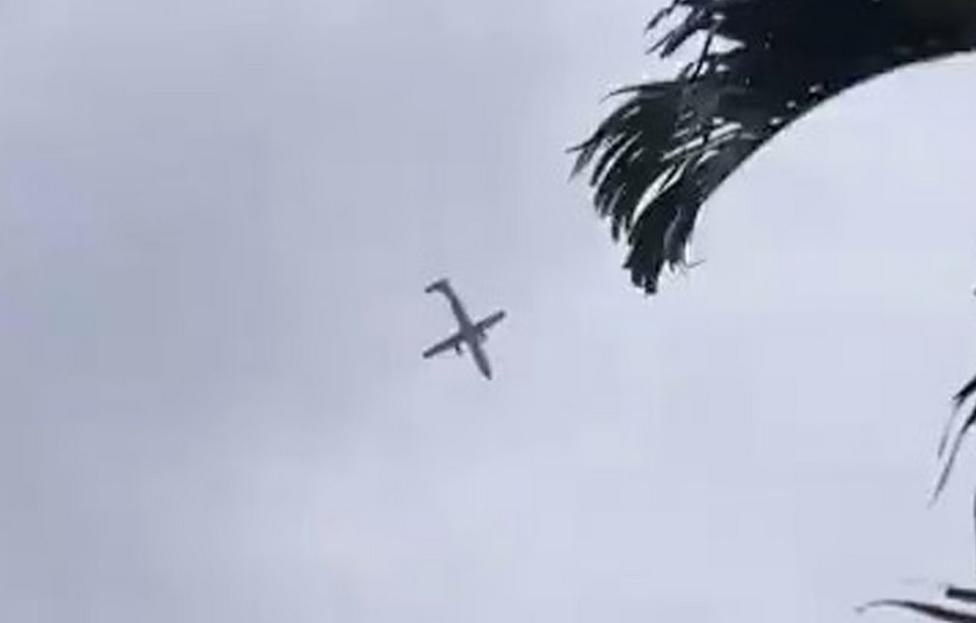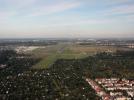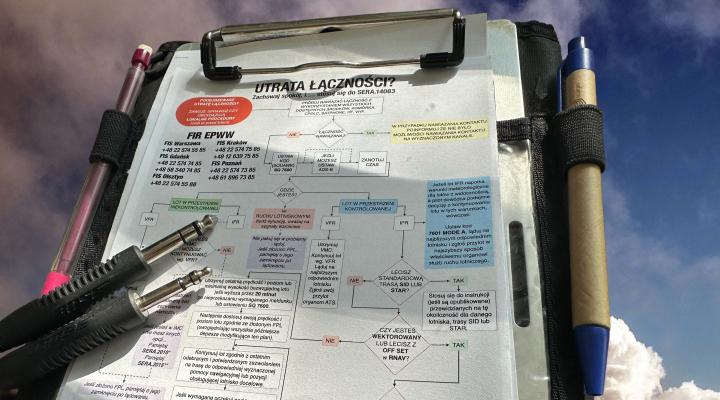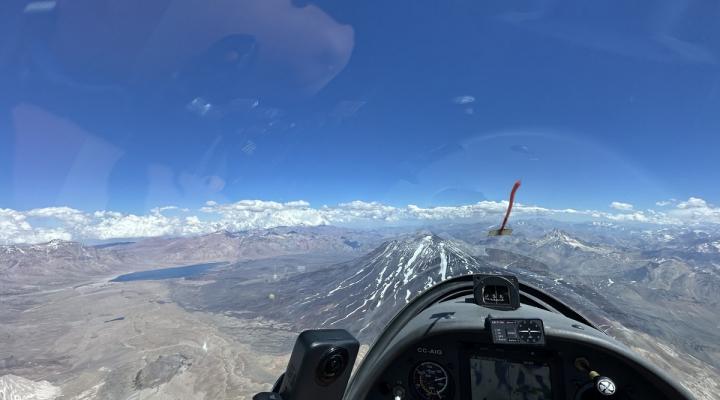Raport wstępny dotyczący katastrofy ATR-72 w Brazylii
6 września 2024 r., brazylijskie Centrum Badania i Zapobiegania Wypadkom Lotniczym (Cenipa) opublikowało raport wstępny z wypadku ATR-72 należącego do Voepass Linhas Aereas (znaki rejestracyjne PS-VPB), który 9 sierpnia 2024 r., rozbił się podczas podejścia do lotniska Sao Paulo (około 7 NM na południowy wschód od lotniska Viracopos i około 40 NM na północny zachód od lotniska Guarulhos). W wyniku tego zdarzenia zginęło 58 pasażerów i 4 członków załogi.
W dokumencie podano wstępne szczegóły dotyczące tej tragicznej katastrofy. Według śledczych, zarówno samolot, jak i załoga posiadali ważne certyfikaty i zostali przeszkoleni w zakresie lotu w warunkach oblodzenia. Podczas przelotu piloci nie zgłaszali żadnych problemów kontroli ruchu lotniczego, ale lecąc nad Vinhedo (São Paulo) stracili kontrolę nad samolotem.
Na podstawie informacji zebranych podczas wstępnego dochodzenia w terenie, a także nagrań z rejestratora danych lotu (FDR) i rejestratora rozmów w kokpicie (CVR), Komisja ustaliła kolejność zdarzeń poprzedzających zderzenie samolotu z ziemią. Wykorzystano odniesienie czasowe UTC (Universal Time Coordinated).
- 14:58:05 - the aircraft initiated takeoff from the runway 15 of SBCA, with 58 passengers and 04 crew on board;
- 15:12:40 - the PROPELLER ANTI-ICING 1 and 2 were turned on;
- 15:14:56 - the Electronic Ice Detector connected to the Centralized Crew Alert System (CCAS) emitted an alert signal upon passing FL130;
- 15:15:03 - the AIRFRAME DE-ICING was turned on;
- 15:15:42 - a single chime was heard in the cockpit. Subsequently, the crew commented on the occurrence of an AIRFRAME DE-ICING Fault, and that they would turn it off;
- 15:15:49 - the AIRFRAME DE-ICING was turned off;
- 15:16:25 - the Electronic Ice Detector ceased emitting the alert signal.
- 15:17:08 - the Electronic Ice Detector emitted an alert signal.
- 15:19:13 - the Electronic Ice Detector stopped emitting the alert signal;
- 15:23:43 - the Electronic Ice Detector emitted an alert signal;
- 15:30:05 - the Electronic Ice Detector stopped emitting the alert signal.
- 16:11:02 - the Electronic Ice Detector emitted an alert signal;
- 16:12:41 - the Electronic Ice Detector stopped emitting the alert signal;
- 16:12:55 - the Electronic Ice Detector emitted an alert signal;
- 16:15:16 - the SIC (pilot Second in Command) made radio contact with the airline's operational dispatcher at Guarulhos airport, for coordination of the aircraft arrival;
- 16:16:25 - At the same time of the SIC’s coordination with the operational dispatcher, a flight attendant called over the intercom. The SIC asked her to hold on moment and continued speaking with the dispatcher;
- 16:17:20 - the Electronic Ice Detector stopped emitting the alert signal. At this time, the SIC was asking the flight attendant for information that would be passed to the operational dispatcher;
- 16:17:32 - the Electronic Ice Detector emitted an alert signal; at this time, the PIC was informing the passengers about the SBGR local conditions and estimated time of landing;
- 16:17:41 - the AIRFRAME DE-ICING was turned on;
- 16:18:41 - at a speed of 191 kt., the CRUISE SPEED LOW alert was triggered. Concomitantly, the SIC was about to finish relaying some information to the operational dispatcher;
- 16:18:47 - the PIC started the briefing relative to the approach for landing in SBGR. Concomitantly, APP-SP made a radio call, and instructed him to change to frequency 123.25MHz;
- 16:18:55 – a single chime was heard in the cockpit. At this time, the communication with APP-SP was taking place;
- 16:19:07 - the AIRFRAME DE-ICING was turned off;
- 16:19:16 - the crew made a call to APP-SP (São Paulo Approach Control) on the frequency 123.25 MHz;
- 16:19:19 - APP-SP requested the PS-VPB aircraft to maintain FL170 due to traffic;
- 16:19:23 - the crew replied to APP-SP that they would maintain flight level and that they were at the ideal point of descent, waiting for clearance;
- 16:19:28 - at a speed of 184 kt., the DEGRADED PERFORMANCE alert was triggered, together with a single chime. The alert was triggered concomitantly with the exchange of messages between APP-SP and the crew;
- 16:19:30 - APP-SP acknowledged the message and requested the aircraft to wait for clearance;
- 16:19:31 - Passaredo 2283 aircraft reported receipt of the message and thanked ATC;
- 16:19:33 - the PIC resumed delivering the approach briefing;
- 16:20:00 - the Second in Command (SIC) commented, “a lot of icing”;
- 16:20:05 - the AIRFRAME DE-ICING was turned on for the third time;
- 16:20:33 - APP-SP cleared the aircraft to fly direct to SANPA position, maintaining FL170, and informed that the descent would be authorized in two minutes;
- 16:20:39 - the crew acknowledged the flight instruction received (last communication performed by the flight crew);
- 16:20:50 - the aircraft started a right turn in order to fly to SANPA position.
- 16:20:57 – during the turn, at a speed of 169 kt., the INCREASE SPEED alert was triggered, in conjunction with a single chime. Immediately afterwards, vibration noise was heard in the aircraft, simultaneously with the activation of the stall alert;
- 16:21:09 - control of the aircraft was lost, and it entered an abnormal flight attitude until colliding with the ground. The aircraft rolled to the left to a bank-angle of 52 degrees, and then rolled to the right to a bank-angle of 94 degrees, performing a 180-degree turn in a clockwise direction.
Badanie przyczyn wypadku jest w toku, a ostateczny raport zostanie opublikowany po zakończeniu prac, które mogą potrwać ponad rok, w zależności od stopnia złożoności sprawy.
Raport wstępny dotyczący katastrofy ATR-72 linii Voepass Linhas Aereas (znaki rejestracyjne PS-VPB) dostępny jest tutaj (LINK)
















Komentarze